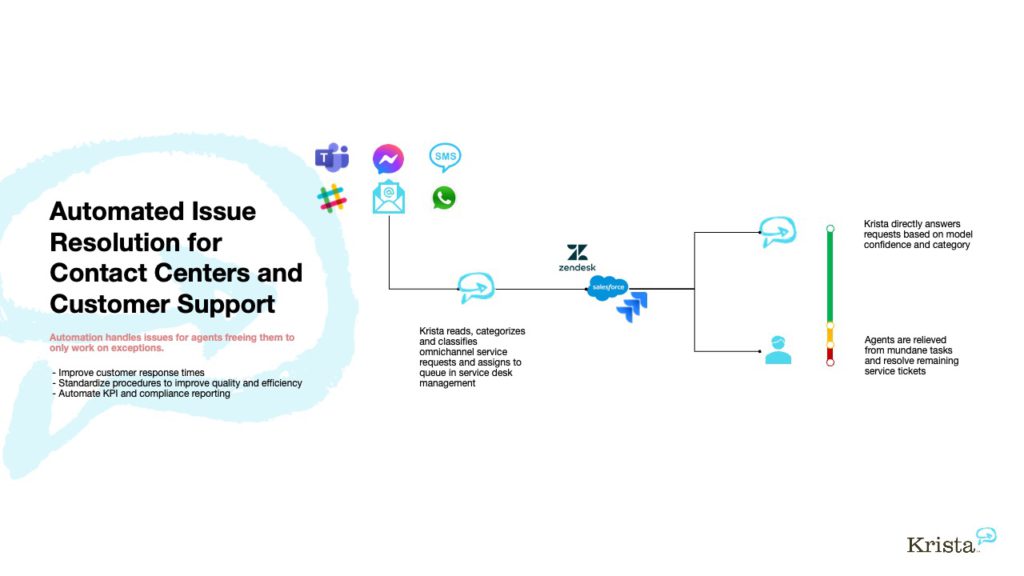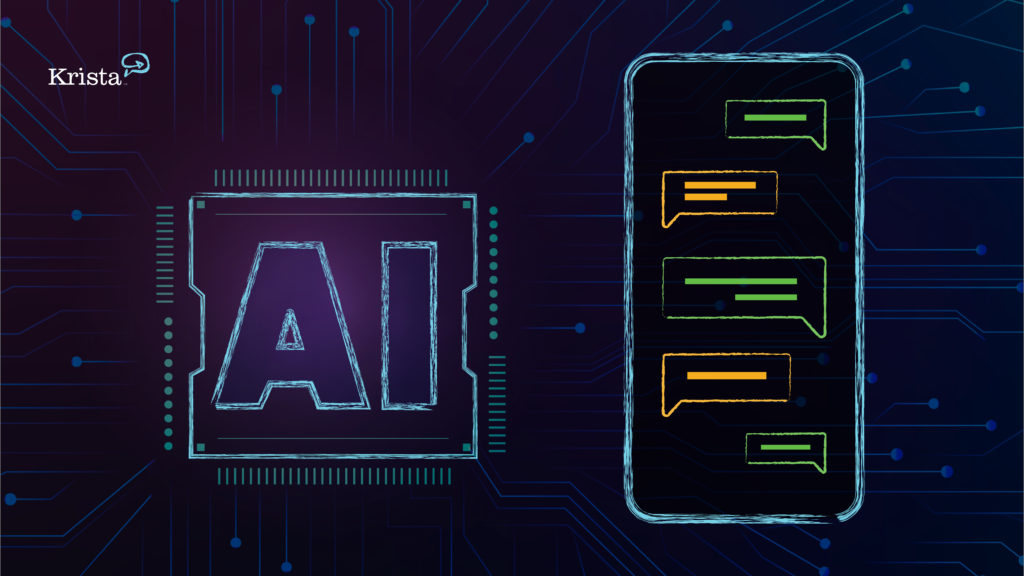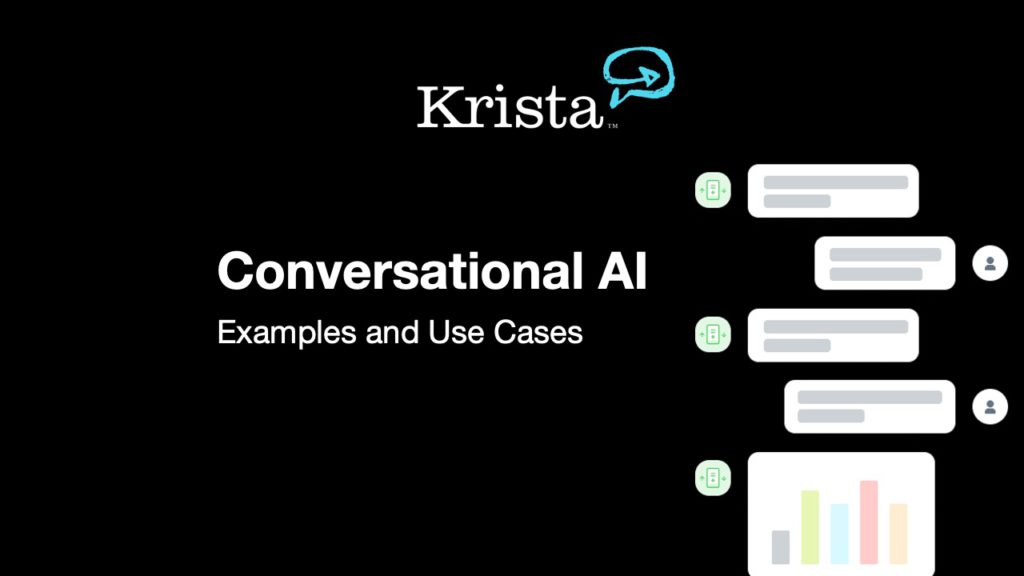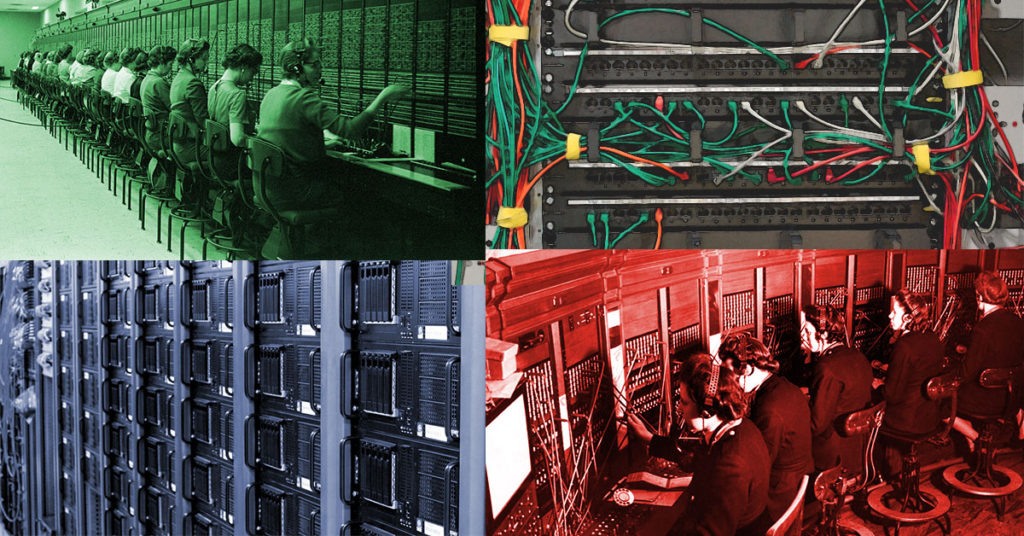- Why Krista
- Use Cases
-
-
Finance and Administration
- Accounts Payable Invoice Agent
- Purchase Order Processing Agent
- Meeting Agent
- Conversation Agent
- Document Agent
-
Human Resources
- HR Policy Q&A Agent
-
-
Legal, Risk, & Compliance
- Contract Agent
- Risk Assessment Agent
-
-
- Case Studies
- Resources
- Company
- Contact Us









